Dealing with Warehouse Challenges while your Business Grows: 4 Tips
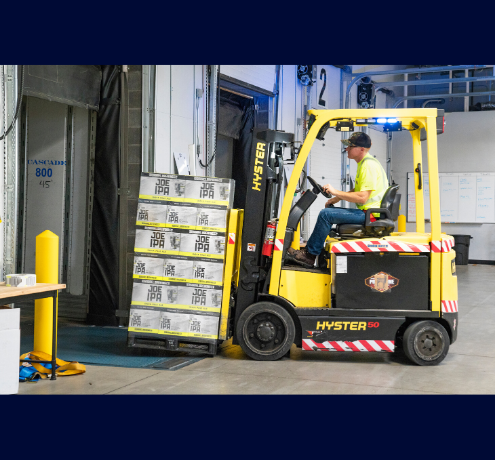
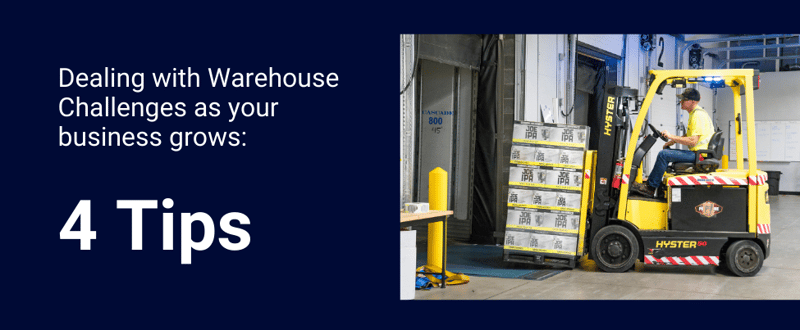
In business change is inevitable, but growth is optional. Selecting a WMS system for a growing business in the UAE or Saudi Arabia is an important decision that should not be taken lightly because the right system will need to meet current needs while facilitating growth to achieve and accommodate future goals.
Selecting a system is not only a matter of efficiency and productivity, for both logistics and the actual business, but also prioritises competing for and retaining customers. Current technology and variety mean customers expect supreme convenience and optimal data sharing from their logistic service providers and can find it elsewhere if you cannot meet that.
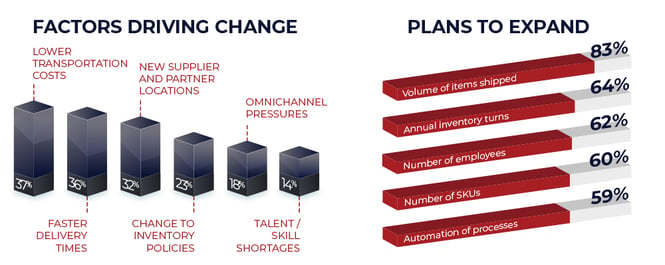 Simultaneously, the system should also be able to provide the management team with accurate and relevant information to support decision-making processes, to be appropriately intuitive and reactive to market changes, and to cater to current and future needs - ideally to implement a system that becomes a long-term asset to the company.
Simultaneously, the system should also be able to provide the management team with accurate and relevant information to support decision-making processes, to be appropriately intuitive and reactive to market changes, and to cater to current and future needs - ideally to implement a system that becomes a long-term asset to the company.
Should We Build or Buy Software?
In today’s software environment, there is no need to get into building a warehouse management system - the cost of building a functional system will be in the million of dollars. Existing platforms and partners, like Manhattan and Supply Chain Junction, have already done the hard work through significant annual R&D expenditures!
We have streamlined efficiency, optimised data, and are accomplished at tailoring and customising it to each individual client.
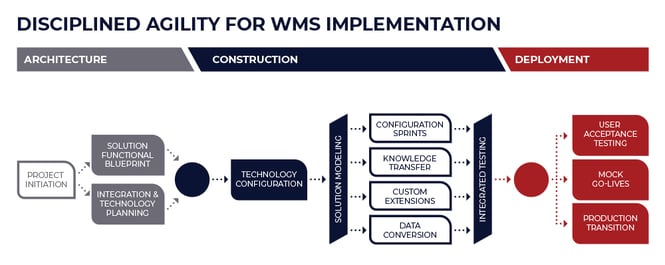
The WMS building process is lengthy, costly, and filled with deliverables, hurdles, and testing requirements that are not necessary to the success of a modular, packaged system.
Considerations in choosing your WMS partner
1.Scalable Pricing and Functionality Models
One of the most common financial challenges for growing businesses is cash flow, so it is important to select a WMS that adjusts appropriately to company growth. The WMS you need when starting out is (hopefully!) very different to the one you will require in ten years and having the same partner on board to grow and manage that system throughout is an enormous relief.
2. Easy Implementation & Operating Costs
Growing businesses should focus on acquiring and retaining customers, not spending massive time building, implementing and maintaining a WMS.
With the advent of cloud computing and 3PL providers, growing organisations should consider a cloud-based solution and leave the management & maintenance of the system to the experts.
Take advantage of SaaS (Software-as-a-Service) WMS solution hosted in the cloud.
These solutions don’t require implementation or hardware investment and can be accessed from any place that has an internet connection.
3. WMS Core Functionalities
At the very least, a warehouse management system must support the most basic warehousing processes, and offer technologies to make these processes efficient, reducing errors and losses.
- Receiving: the system must be able to log any inventory received in the warehouse and generate both warehouse receipt and proper labels.
- Put-away: the system must be able to guide the warehouse clerk to the correct (and optimal!) storage location.
- Pick-and-Pack: the company needs to evaluate which kind of picking process it uses the most (full pallet picking, batch picking, carrier picking, etc.) and find a system that supports it.
- Inventory Tracking: the most basic system must offer the ability to effectively track inventory in the warehouse, employing technologies like RFID.
- Shipping: the system must be able to generate itemised bills of landing, packing lists and invoices.
- Reporting: reporting capabilities are essential for data management and interpretation and will need to be tailored to each business. Consider at least inventory, inbound and outbound efficiency, and labour costs.
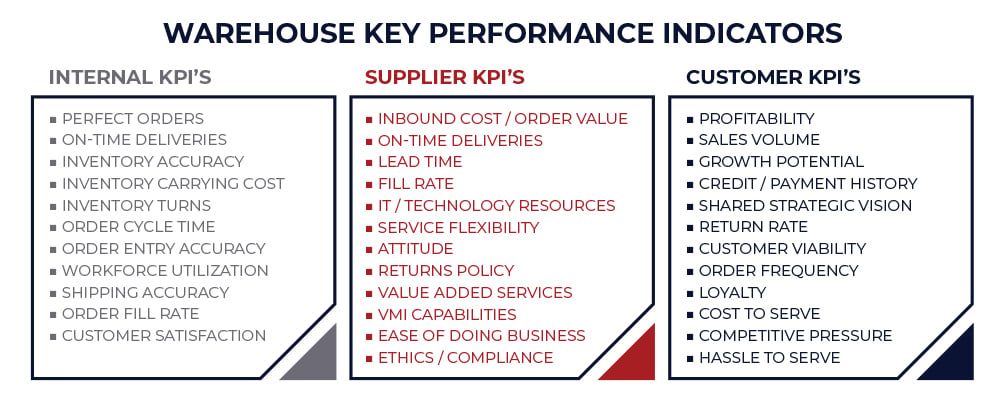
4. Technological Capabilities
Many small and medium-sized warehouses try to take a cheaper and less comprehensive WMS, to the detriment and loss of the business. Employing new technologies has been proven to give a solid ROI, catapulting business success and profitability. If a system doesn’t support them, then there is already a handbrake on your growth.
- Bar-code Scanners - critical in automating the data collection process during the receiving, put-away, pick/packing, shipping and inventory process, as well as reducing data entry errors.
- Bar-code Label Printer. Labeling in a way is the backbone of the supply chain industry. Bar-code label printers complement bar-code scanners in data collection across most processes in the warehouse.
- Reliable Databases - these systems collect and retrieve large amounts of data, requiring accessible and thorough databases.
- Application Program Interface (API) - APIs provide a gateway for systems to connect/integrate and exchange information with one other without human intervention, essential for customers to exchange information more efficiently and effectively with their logistic providers.
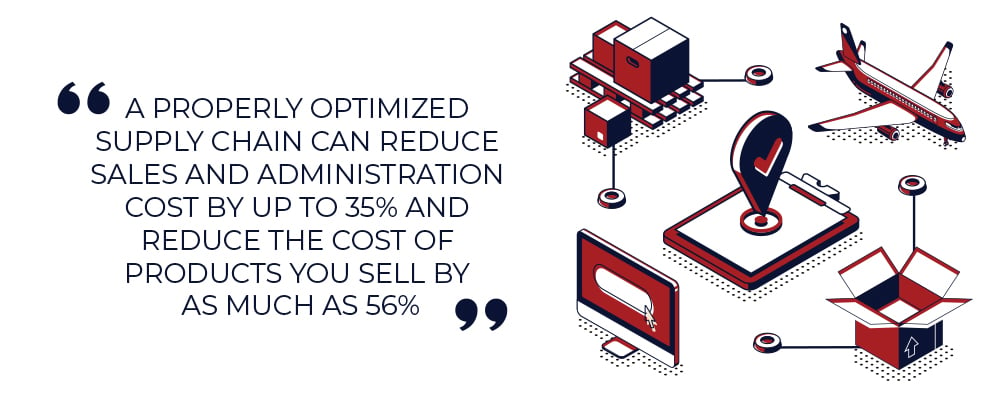
You now have the information you need to help you position your small business to compete and scale effectively in the future. Bezos, go sit at the back.
If you need to know how a WMS will impact your efficiency and profitability, download the Guide to Building a Successful Business Case for your WMS Investment.
TAGS
- WMS (51)
- Warehouse Best Practice (46)
- Implementing a WMS (29)
- Managing your warehouse (19)
- Omni Channel (18)
- eCommerce (18)
- Blog (16)
- Supply Chain Best Practice (16)
- Customer Journey (9)
- Mid-Level (8)
- Warehouse optimisation (7)
- General Tips (5)
- Industry General (5)
- Information (5)
- Trends (5)
- managing your Supply Chain (5)
- saudi arabia (5)
- Press Release (4)
- smart warehouse (4)
- 3PL (3)
- News (3)
- ERP (2)
- Entry-level (2)
- ROI (2)
- Case Study (1)
- OMS (1)
- Picking (1)
- Solution-Specific (1)
- Transport Management System (1)
Take A Look At The Results Of A Successful WMS Implementation.
See how Tarsus Distribution, in collaboration with SCJ boost overall efficiency by 60%




